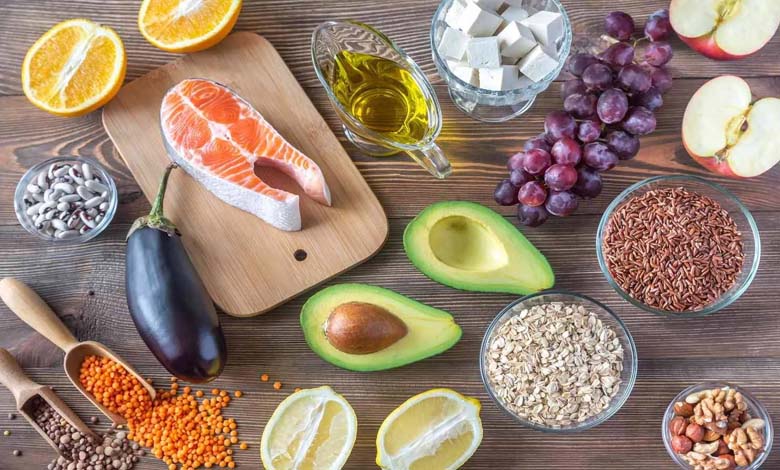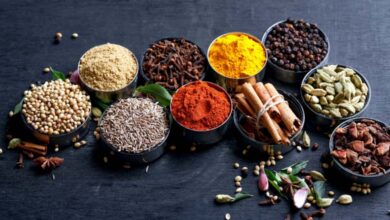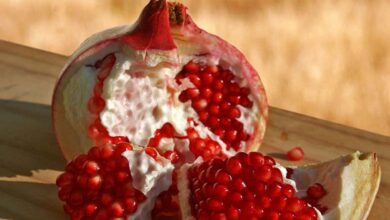Vegetables and Grains: Essential Natural Allies to Break Down Blood Clots and Lower Cholesterol

Cardiovascular diseases remain one of the leading causes of death globally. Key aggravating factors include the formation of blood clots, which can block vessels and lead to heart attacks or strokes, as well as elevated LDL cholesterol levels, often called “bad cholesterol.” To mitigate these risks, diet is a crucial tool alongside a healthy lifestyle.
The benefits of vegetables in preventing thrombosis
Several vegetables stand out for their beneficial effects on blood fluidity and the prevention of excessive clotting. These effects are largely due to bioactive compounds that influence inflammatory pathways and platelet function.
- Garlic, rich in allicin, is a well-known natural anticoagulant. It inhibits platelet aggregation and dilates blood vessels, promoting better circulation.
- Broccoli and other cruciferous vegetables contain sulforaphanes and sulfur compounds that exert anti-inflammatory effects and protect vascular walls.
- Spinach, high in vitamin K, plays a complex role by regulating coagulation to avoid both excess and deficiency. It is also a significant source of magnesium and nitrates, beneficial for cardiovascular health.
- Beets, with their high nitrate content, improve vasodilation and lower blood pressure, reducing the risk of clot formation.
The importance of whole grains in cholesterol management
Whole grains are particularly recommended for combating high cholesterol. They provide soluble fibers, notably beta-glucans, which act in the intestine to limit dietary cholesterol absorption and enhance its elimination.
- Oats, whose regular consumption is associated with significant LDL reduction, also help regulate blood sugar and improve gut microbiota.
- Barley, similar to oats, contains soluble fibers that help lower blood lipids and support digestive health.
- Quinoa, though technically a pseudo-cereal, is rich in fiber, complete proteins, and antioxidants, making it highly nutritious and beneficial for cardiovascular protection.
Practical tips for incorporating these foods into your diet
To fully benefit from these vegetables and grains, it is essential to consume them regularly within a varied and balanced diet, combined with suitable physical activity.
Here are some easy ideas to include these foods daily:
- For breakfast, opt for a bowl of oatmeal porridge topped with fresh fruit and seeds.
- For lunch or dinner, prepare a mixed salad with quinoa, fresh spinach, roasted beets, and a dressing made from olive oil and fresh garlic.
- As a side dish, choose steamed or sautéed vegetables like broccoli, seasoned with fresh garlic or herbs.
- For a healthy snack, enjoy homemade bars made from oats, seeds, and dried fruits.
The importance of a holistic healthy lifestyle
Diet is fundamental, but to effectively prevent cardiovascular diseases, it is also essential to adopt a healthy lifestyle: avoid smoking, engage in regular physical activity, manage stress, and maintain a healthy body weight.
Vegetables with anticoagulant properties and whole grains rich in soluble fibers form a powerful combination in preventing cardiovascular diseases. Incorporating them into a balanced diet, complemented by a healthy lifestyle, helps reduce risks associated with blood clots and high cholesterol. Through these natural and accessible means, everyone can take action to promote long-term cardiovascular health.
-
Eating Papaya on an Empty Stomach: A Morning Habit That Boosts Digestion
-
5 Summer Fruits That Naturally Lower Uric Acid Levels
-
Foods that promote good nutrition in the elderly
-
Understanding Vitamin B and Its Dietary Sources
-
Flavonoids – Nature’s Defense Against Aging
-
Winter fruits and vegetables: our tips to boost their benefits
-
5 Best green vegetables that you should eat regularly
-
Gardening: what fruits and vegetables to plant together in the vegetable garden?
-
10 vegetables that clean the liver for a post-holiday detox
-
Raw or Cooked Vegetables: Which Is Better for Your Gut Health?
-
5 servings of fruits and vegetables every day to be healthy












